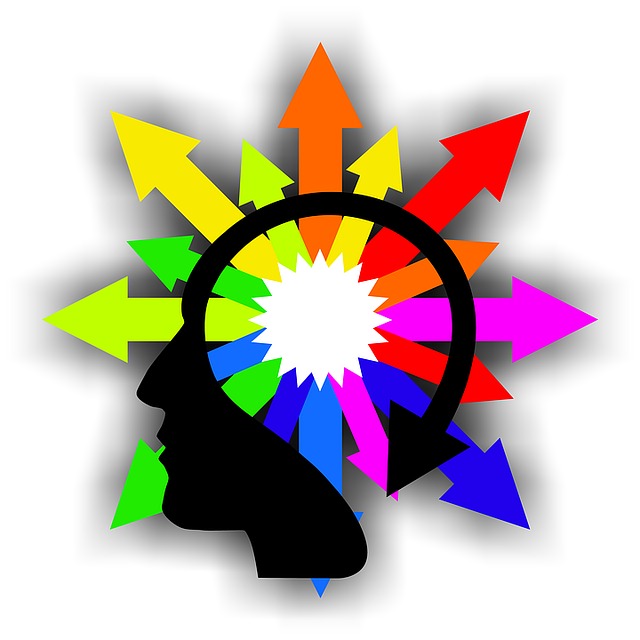In becoming complete human beings we integrate all aspects of our personality, even those to which we aren’t entirely conscious. This is a process that imminent psychologist Carl Jung called ‘individuation.’ Another term for this is ‘self-actualization,’ which is how the traits shared by all human beings uniquely come together for each of us, defining us as individuals.
“Jung’s concept is that the aim of one’s life, psychologically speaking, should not be to suppress or repress, but to come to know one’s other side, and so both to enjoy and to control the whole range of one’s capacities; i.e., in the full sense, ‘to know oneself.'”
~ Joseph Campbell
Personality labels are recklessly and carelessly bandied about, none more so than introvert and extrovert. It is important to acknowledge that these terms represent psychological theories, and that personalities exist on a continuum. If one considers the normal distribution of the bell curve, then about two-thirds of people fall somewhere in the middle. This is why many are confused when trying to apply these labels and often feel like “I’m not really either one.”
Introversion and extroversion were considered as mutually exclusive ‘attitudes’ by Jung, who noted that none of us are completely extroverted or introverted, but we prominently connect to one or the other attitude. In this direct quote, he gives an example of how both introversion and extroversion exist in the psyche:
“If you take an extrovert you will find his unconscious has an introverted quality, because all the extroverted qualities are played out in his consciousness and the introverted are left in the unconscious.”
~ Carl Jung
Jung postulated that opposites create tension in the psyche, and that if we fail to address these tensions by denying the opposites, we repress or push the pressure out of our consciousness. This is what he referred to as part of ‘the shadow self.’ His process of individuation―his solution for overcoming our tendency toward this one-sided nature―is to intentionally integrate all the parts of our personality, even those to which we aren’t entirely conscious. In this way we transcend the shadow self and become complete human beings; we self-actualize.
Dr. John Kappas introduced a profound interpretation of Jung’s work focused through the lens of neurolinguistics, expanding the perspective and contemplation of introversion and extroversion in a number of intriguing ways. According to his formative model Theories of Suggestibility & Sexuality, an individual’s introverted and extroverted personality traits, which are delineated as ‘emotional and physical suggestibility and sexuality,’ begin with the dynamics of information processing inherent in child development and evolve into preferred ways of thinking, feeling and acting. These traits are flexible and adaptable to a certain degree; however, while introverted or extroverted personality traits may be altered based upon a given set of circumstances or conditions, a person remains fundamentally inclined to one or the other.
This interpretation succinctly captures the ambivert concept. Those leaning toward introversion still possess the capability for charisma and an outgoing personality when the situation demands it, and those leaning toward extroversion are capable of solitude, deep thought, and self-contemplation when necessary. The key is to be mindful of how and when these labels represent limitation—to step beyond our comfort zone and sharpen our skills on each end of the spectrum—so that we may actualize and empower our lives.
©2018 by Shawn Quinlivan, C.Ht. & Cathexis Therapeutic Imagery. All rights reserved.

